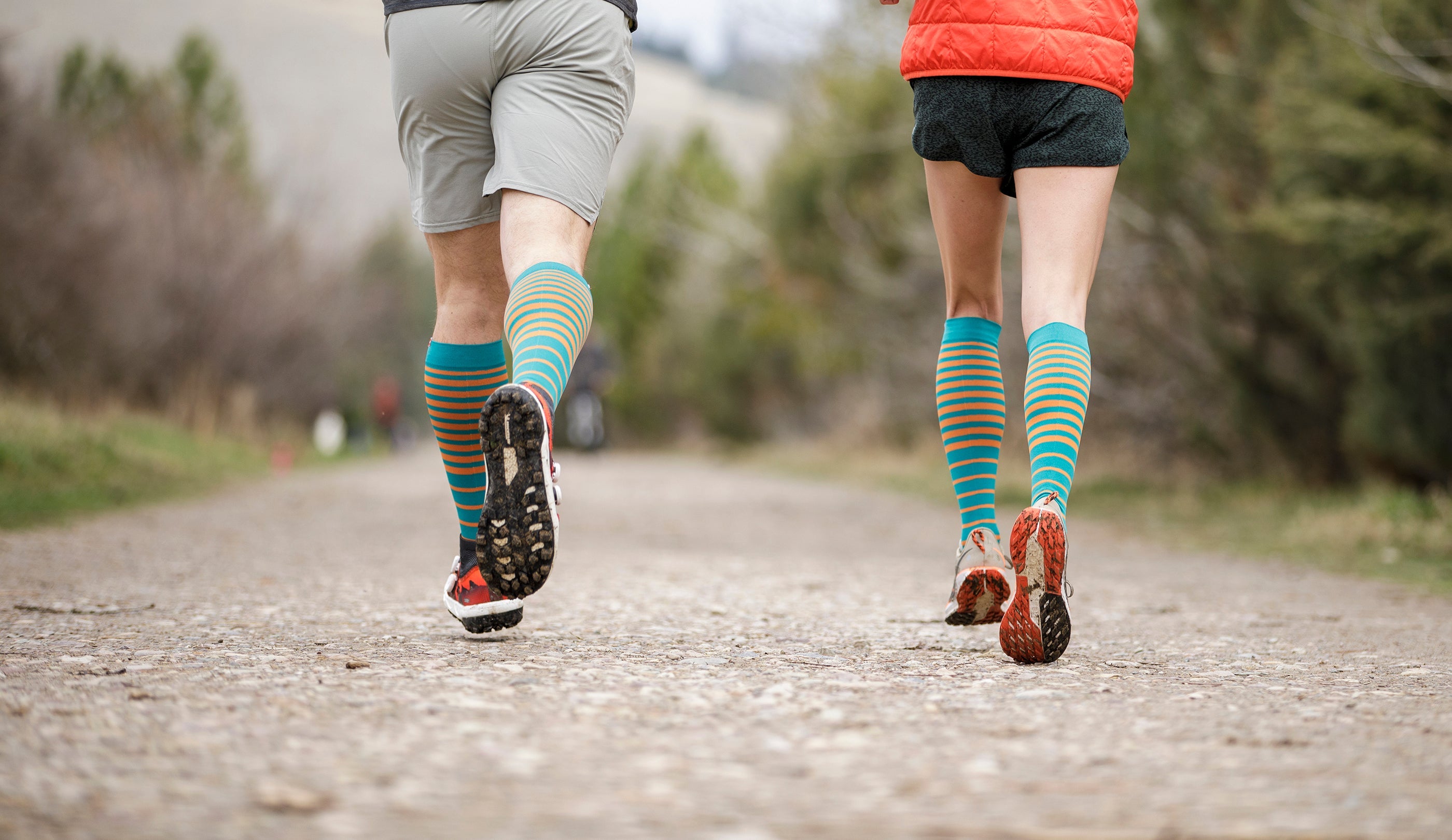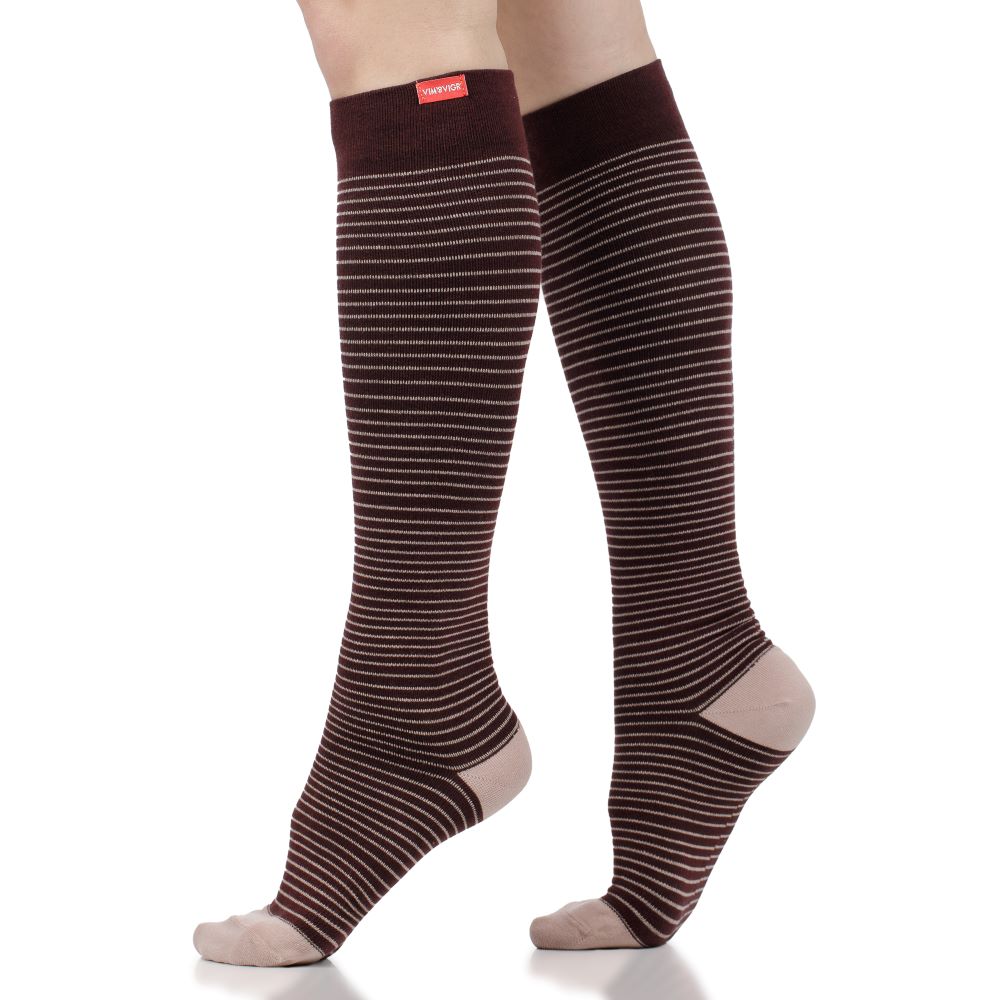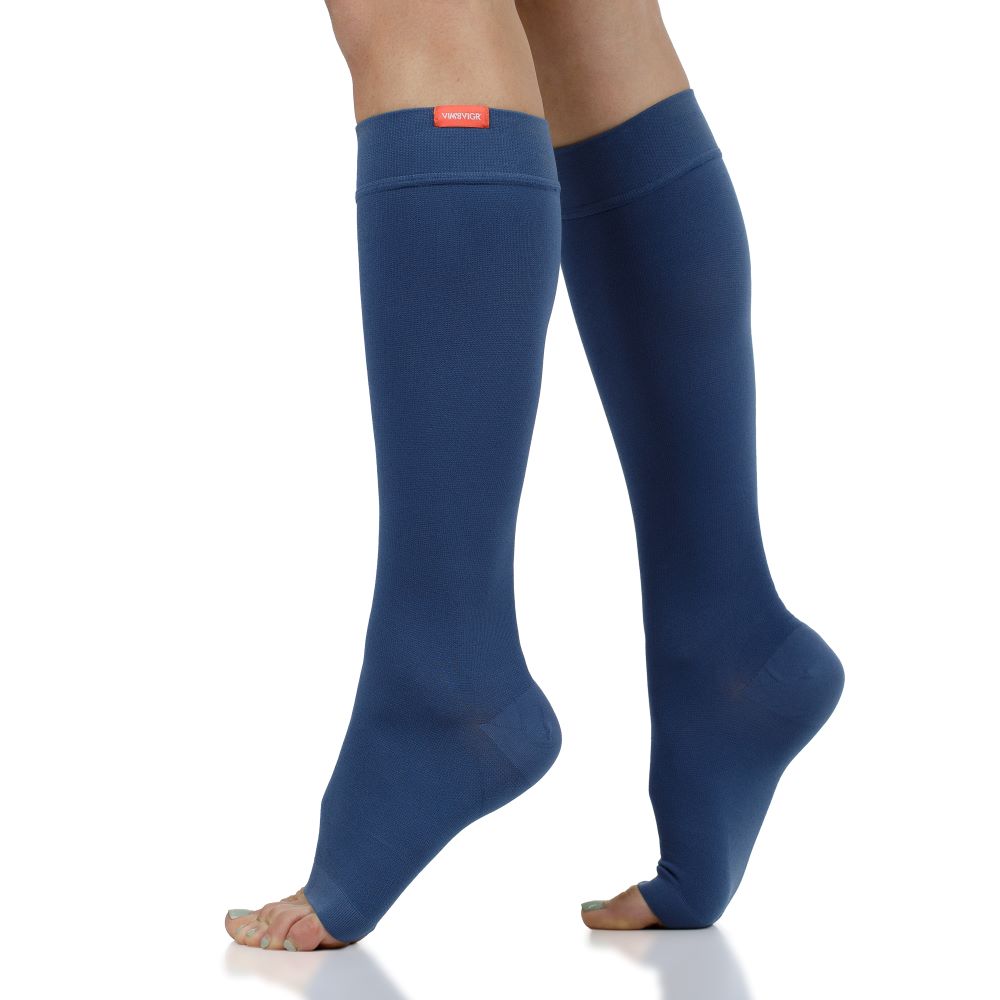Grierson-Gopalan Syndrome: Causes, Symptoms & Treatment
Grierson-Gopalan syndrome, commonly referred to as “burning feet” syndrome, is a painful condition that can severely disrupt your lifestyle. Most people experience both “burning” sensations and a feeling of heaviness in the lower extremities if they are diagnosed with Grierson-Gopalan syndrome. Although it is mostly common in people over the age of 50, it can unfortunately impact younger individuals and has varied symptoms.
In this article, we’ll cover what Grierson-Gopalan syndrome is, it’s common symptoms, and how you can get it diagnosed, treated, and managed.
What is Grierson-Gopalan Syndrome?
A 2003 clinical review defines Grierson-Gopalan syndrome as a common disorder where patients feel painful, burning sensations in their feet. Grierson-Gopalan syndrome often occurs in older populations. This syndrome has been documented for two centuries but has not received a large amount of attention in medical reports (it often is associated with other medical conditions, or a cause could not be found).
Burning feet syndrome (BFS) is named after one person who first described it in 1826 (Grierson) and another who gave a more detailed description in a 1946 study (Gopalan). Burning feet syndrome is characterized by a burning sensation in the feet, along with heaviness and numbness. Patients often complain of pins and needles or tingling, too.
Symptoms of Grierson-Gopalan Syndrome
From the medical literature describing BFS, the most common symptom is its namesake, the “burning” sensation in the feet. Here are other ways in which this condition may develop, according to one scientific review.
Peripheral Neuropathy
The feeling of pins and needles in the feet is often caused by pinched nerves or nerve diseases, like peripheral neuropathy. Usually, diabetic neuropathy causes specific nerve damage in legs and feet, with over 50% of people with diabetes having some peripheral nerve damage. It is important to address the underlying causes of peripheral neuropathy. It will help you understand if it is liked to burning feet syndrome, which may help you manage it better.
Burning and Tingling in the Feet
The sensation of heat or burning in the feet is the most common symptom of Grierson-Gopalan syndrome. It often gets worse at night.
Foot Pain
Patients with Grierson-Gopalan often also complain of a dull pain in their feet. However, this can turn into sharp or stabbing pain as well.
Soothe aching feet with compression socks.

Heightened Sensitivity to Touch
In people with Grierson-Gopalan syndrome, touch may become uncomfortable. In some people, touch sensations may become overwhelming or even painful, which is a condition called hyperesthesia. If you have extreme sensitivity to touch, you may have nerve damage. This can be a chronic, burning type of pain, which can make it difficult to relax at night and tolerate touching the sheets or a covering.
Vasomotor Changes
Another symptom of burning feet syndrome might be excessive sweating from the feet due to vasomotor changes. Vasomotor changes often refer to increases in how flashes or night sweats, which are often a sign of menopause. Excessive sweating in addition to the “pins and needles” sensations is characteristic of Grierson-Gopalan syndrome.
Keep feet dry and lower legs comfortable when walking in merino wool compression socks.

Causes and Risk Factors for Grierson-Gopalan Syndrome
Grierson-Gopalan syndrome may be inherited, according to one scientific publication. However, many cases of burning feet syndrome have been found to be caused by damage to or excessive pressure put on the peripheral nerves. Additionally, other factors that may cause to Grierson-Gopalan syndrome include:
- Hypothyroidism (i.e. an underactive thyroid, leading to not enough thyroid hormones being produced)
- Malnutrition or vitamin deficiency
- Diabetes
- Rheumatoid arthritis
Further, there are links between burning feet syndrome and low levels of zinc or vitamin B.
When it comes to nerve damage, the most common cause of Grierson-Gopalan syndrome is peripheral neuropathy. Other conditions that damage the nerves also include:
- Tarsal tunnel syndrome - pressure on the posterior tibial nerve leads to burning or pain in the feet
- Morton’s neuroma - a condition where nerve tissue thickens at the base of the toes, causing pain
- Complex regional pain syndrome - possibly after a surgery or injury
- Charcot-Marie-Tooth disease - an inherited neurological disorder affecting the peripheral nerves
Diagnosing Grierson-Gopalan Syndrome
If you experience frequent burning sensations in the feet, pain, numbness, or any other of the symptoms listed in this article, consult your medical specialist. Your doctor will be able to analyze all of your symptoms and consider other medical conditions before concluding whether you suffer from Grierson-Gopalan syndrome.
Treatment Options for Grierson-Gopalan Syndrome
While there is no known cure for BFS, it can be managed to give you relief from the symptoms. Doctors may prescribe topical anti-inflammatory or cooling gels to relieve the burning feelings. Non-steroidal medication like ibuprofen may also provide relief from the tingling and pins and needles.
A quick way to get relief from hot feet is to cool them down by soaking them in cool water. You can start with a few minutes and gradually build up. Additionally, you can keep your feet cool by wearing breathable socks and shoes, or sandals where possible, which should keep you more comfortable. Finally, lifting feet while resting may provide symptom relief for people with Grierson-Gopalan syndrome.
Physical therapy can help manage muscular or joint problems that could be causing your burning feet, which could be caused by a trapped nerve or other injury. Additionally, some people benefit from orthotics that reduce pressure on certain nerves. These will need to be prescribed by a doctor.
Try open-toed compression socks for staying cool and boosting blood flow.

Self-Care Strategies for Grierson-Gopalan Syndrome
It may be possible to reduce the risk of developing burning feet syndrome and to manage it without medical involvement, only if it’s not severe. Exercising can help, as will keeping good foot and leg hygiene.
Wear Compression Socks
Graduated compression socks offer a varied approach to managing or reducing the risk of Grierson-Gopalan syndrome. Because they stimulate peripheral circulation, they keep blood flowing freely in the lower legs and reduce the swelling and “pins and needles” sensations. Moreover, compression socks can help bring down inflammation, which may reduce skin tenderness and localized heat.
Wearing compression socks can also reduce pressure on nerves and joints by reducing the amount of fluid in the lower legs. This is why they can be beneficial for those suffering from neuropathy or Morton’s neuroma, for example. As a result, compression socks can help soothe your burning feet and may help prevent Grierson-Gopalan syndrome symptoms from getting worse.
Prioritize a Healthy Diet & Lifestyle
Taking the steps to prevent diabetes or metabolic disorders (like hyperthyroidism) may reduce your risk of developing burning feet syndrome. Ensure you eat a varied diet, with lots of fresh fruits and vegetables and minimal ultra-processed foods. Exercising regularly improves overall blood flow and reduces the risk of blood pooling at the extremities. It also soothes joints and nerves, which may reduce the severity of burning feet syndrome symptoms.
Finally, a deficiency of certain vitamins or zinc may cause burning foot syndrome, a varied, healthy diet can help make up for these.
Practice Gentle Stretches
To soothe aches and pains in the lower extremities and keep blood flowing well, perform gentle stretches regularly. Ensure you progress slowly and gradually, stretching each muscle (calf, quadriceps, hamstrings, glutes) and rotating your ankles to activate blood flow. This may help reduce swelling, heat, and burning sensations in the feet. You can follow our simple guide to leg stretches to improve peripheral circulation here.
Collaborate with Your Healthcare Provider
Addressing Grierson-Gopalan syndrome symptoms early with your doctor can help them find the right course of action to reduce the impact of burning feet on your daily life. If Grierson-Gopalan syndrome runs in your family, it’s a good idea to bring this up with your doctor. Additionally, ensure you are open and honest with your medical providers and update them as soon as your symptoms change. They can then adapt your medication or recommended activities as needed.
References
Makkar, R. P., Arora, A., Monga, A., Gupta, A. K., & Mukhopadhyay, S. (2003). Burning feet syndrome. A clinical review. Australian family physician, 32(12), 1006–1009. Read it here.
Gopalan, C. (1946). The burning-feet syndrome. The Indian medical gazette, 81(1), 22–26. Read it here.
Andrei Cristian, B., & Amorin Remus, P. (2018). Diabetic Neuropathy Prevalence and Its Associated Risk Factors in Two Representative Groups of Type 1 and Type 2 Diabetes Mellitus Patients from Bihor County. Maedica, 13(3), 229–234. Read it here.
Maldonado, R.J., & De Jesus, O. (2023). Hyperesthesia. In: StatPearls [Internet]. Treasure Island (FL): StatPearls Publishing; 2024 Jan. Read it here.
Stögbauer, F., Young, P., Kuhlenbäumer, G., Kiefer, R., Timmerman, V., Ringelstein, E. B., Wang, J. F., Schröder, J. M., Van Broeckhoven, C., & Weis, J. (1999). Autosomal dominant burning feet syndrome. Journal of neurology, neurosurgery, and psychiatry, 67(1), 78–81. Read it here.
Hussein, M., Fathy, W., Hassan, A., Elkareem, R. A., Marzouk, S., & Kamal, Y. S. (2021). Zinc deficiency correlates with severity of diabetic polyneuropathy. Brain and behavior, 11(10), e2349. Read it here.
Moñux, G., Serna-Soto, M., Plá-Sanchez, F., Zamorano-León, J. J., Segura, A., Rial, R., Freixer, G., Zekri-Nechar, K., Hugo-Martínez, C., Serrano, J., & López-Farré, A. (2021). Compression stockings attenuate the expression of proteins associated with vascular damage in human varicose veins. Journal of vascular surgery. Venous and lymphatic disorders, 9(2), 428–434. Read it here.
Tischer, T. S., Oye, S., Lenz, R., Kreuz, P., Mittelmeier, W., Bader, R., & Tischer, T. (2019). Impact of compression stockings on leg swelling after arthroscopy - a prospective randomised pilot study. BMC musculoskeletal disorders, 20(1), 161. Read it here.


















Leave a comment